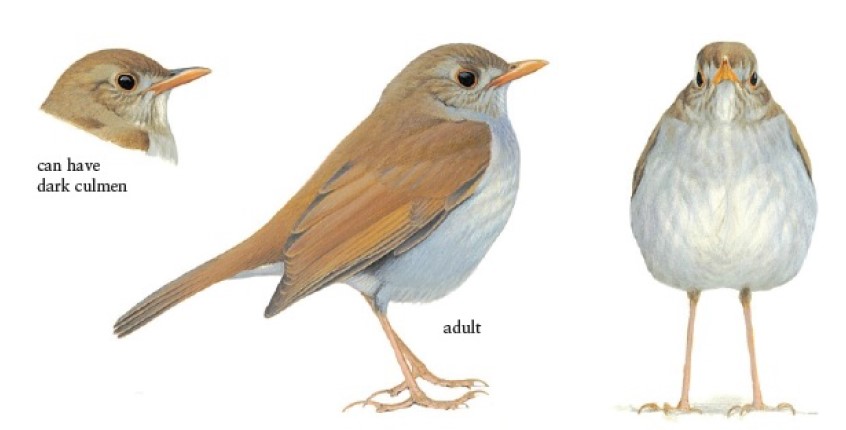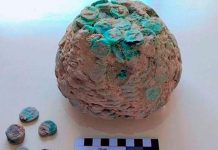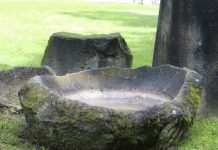Range: Orange-billed Nightingale-thrush (Catharus aurantiirostris) mainly found in Central America and North America. It is found in Costa Rica, Colombia, Guatemala, El Salvador, Mexico, Honduras, Panama, Nicaragua, Venezuela, and Trinidad and Tobago,
Size: The size of the orange-billed nightingale measures about 15.5–17 cm (6–6.8”).
Distribution and Status: – Orange-billed Nightingale-thrush is found in foothills and highlands from Mexico (n. to s. Sonora and s. Tamaulipas) to n. S America. In Mexico, this species breeds only about 300 km s. of the US border and is an elevational migrant that may withdraw in winter from the n. parts of its range. The bird was grounded along the coast by a front and aged as a 1st-summer; the second TX bird was identified as a specimen (age unknown).
The SD record, of a singing bird that likely arrived there earlier than the date it was detected, may also represent an overshoot from Mexico (about 2300 km, or 1400 miles, from its nearest range), although the breeding range in nw Mexico is slightly closer (about 2000 km, or 1200 miles). An earlier (unaccepted) report of this species from AZ in about mid-April also fits the pattern of spring migrants overshooting.
Identification: Almost similar in size and shape to Hermit Thrush, but with plain underparts, orange bill, and orbital ring. There are two similar Species. The nightingale-thrushes occur in Mexico, and vagrants should be identified with care. Russet Nightingale-Thrush “C. occidentalis” has a dark bill with a pinkish base to the lower mandible, lacks an appreciable orbital ring, and has somewhat more mottled underparts.

Ruddy-capped Nightingale-Thrush “C. frantzii” is darker overall with a blackish upper mandible, orange lower mandible, no appreciable orbital ring, and plain, dusky grayish underwings. Orange-billed and Russet, like Hermit Thrush and Swainson’s Thrush, have a broad buff band across the bases of the remiges, visible on underwing and often showing in flight. Also note that in low light, such as late in the day or in the dark understory, a dull female Black-headed Nightingale-Thrush might be mistaken for an Orange-billed; note Black capped’s dark cap, which offsets its orange orbital ring.
Age/Sex/Season: Ages differ; both sexes are similar; no seasonal variation. Molts not well known; presumed complex basic strategy with complete pre-basic and partial reformative molts of n. populations in the fall. 1st-year resembles an adult but flight feathers are juvenile, and thus rectrices are more tapered (although not as distinctly different from adults as on N American Catharus). Juvenile (plumage held briefly and unrecorded in the United States) has upperparts spotted pale cinnamon, throat and underparts are whitish in color and heavily mottled dark brown on chest and flanks.
Habitat and Behavior: Much like other Catharus thrushes, being terrestrial and reclusive unless singing. Natural habitats are tropical moist lowland forests, subtropical or tropical dry forests, heavily degraded former forests, and subtropical or tropical moist montane forests.







